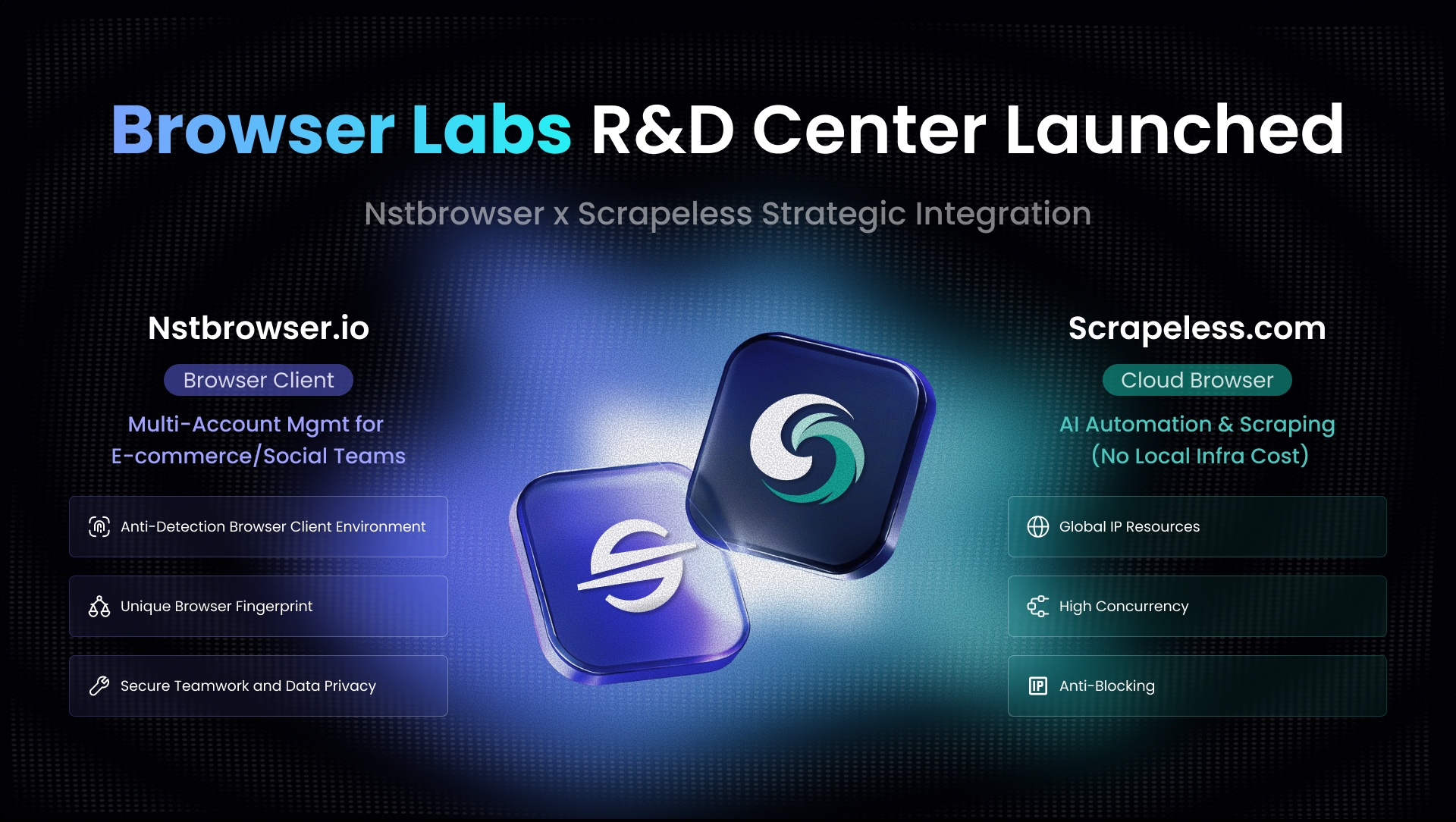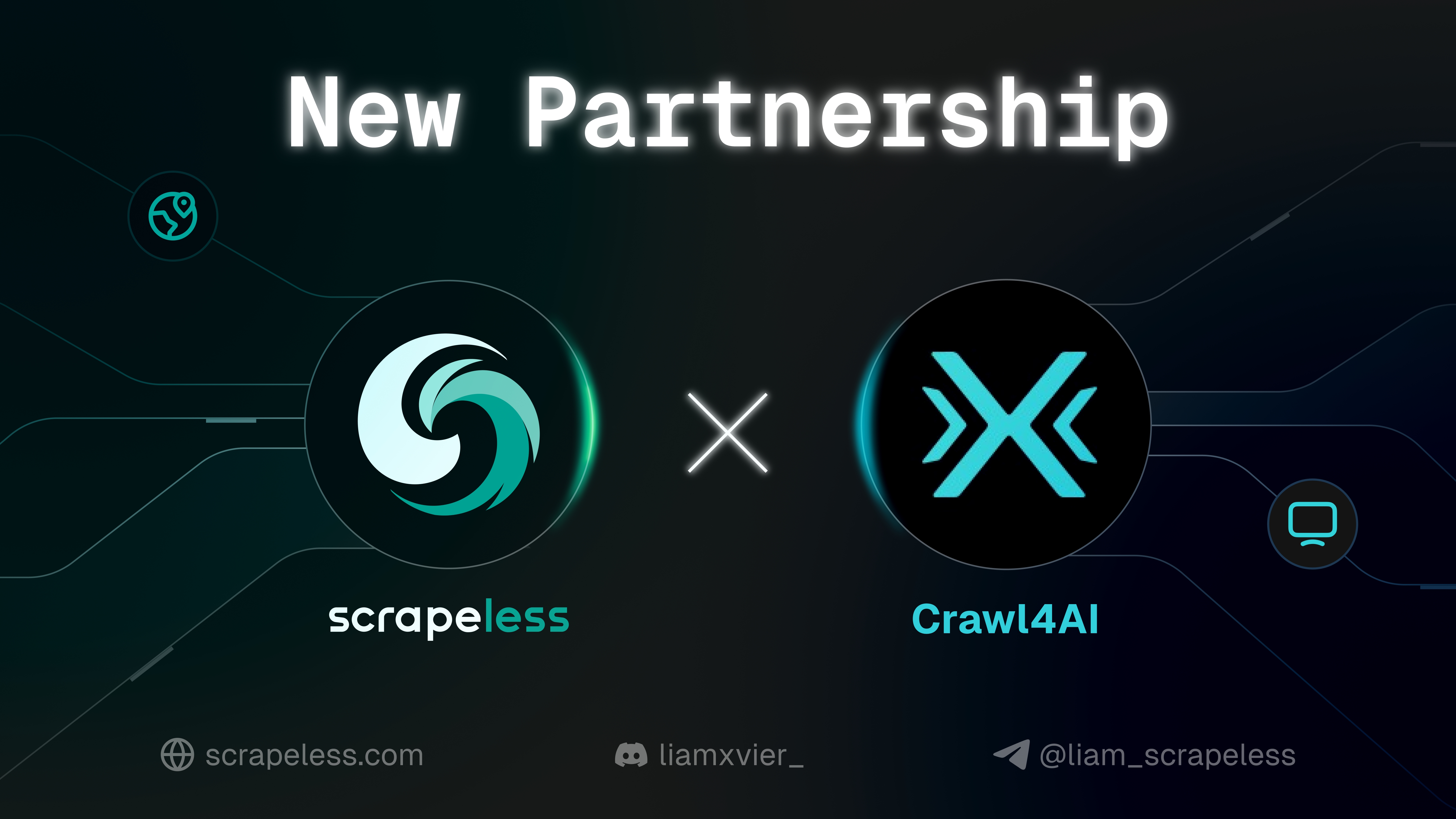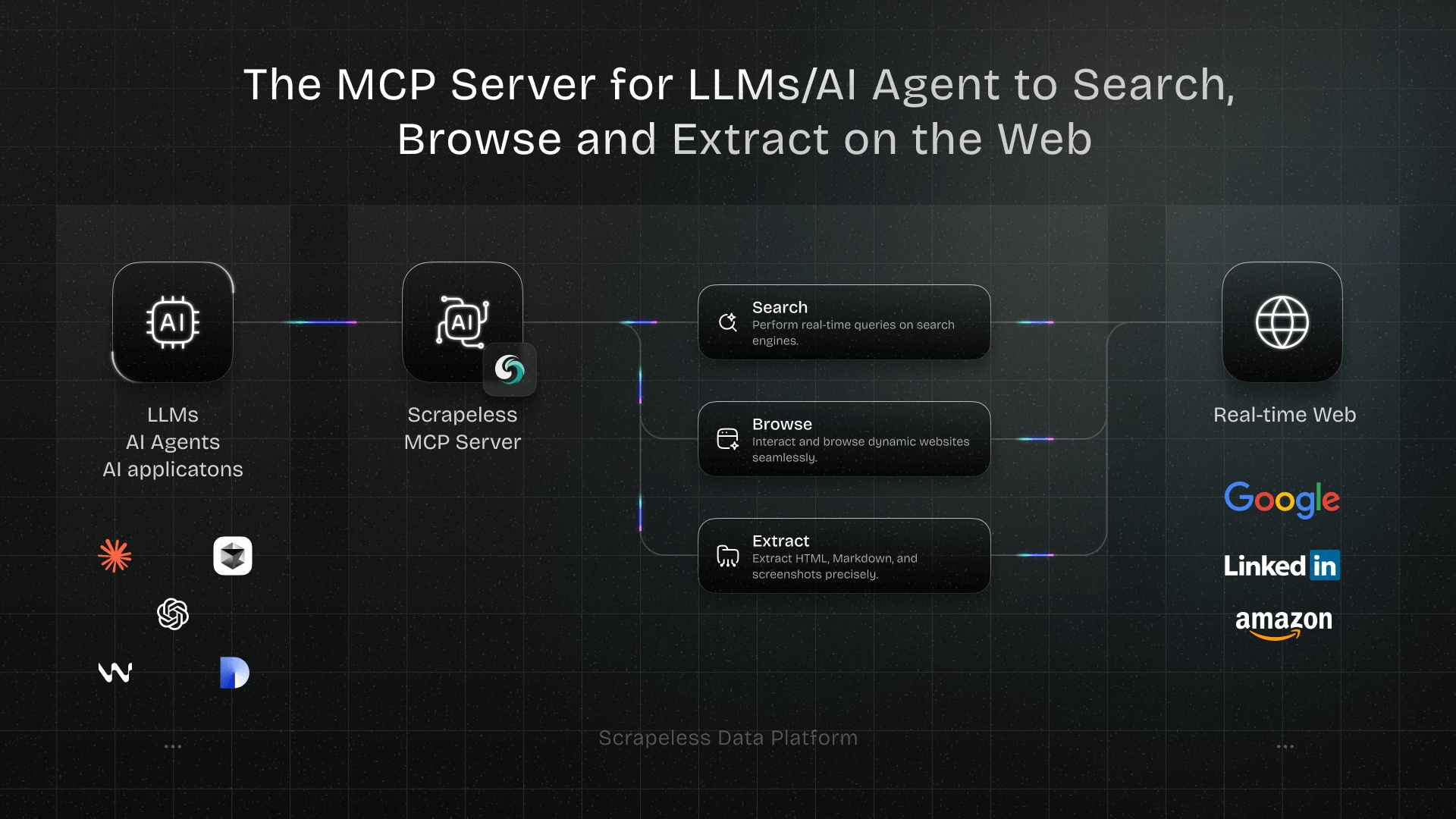Golang in 2025: Usage, Trends, and Popularity
Expert Network Defense Engineer
Introduction
In brief: Go (Golang) remains a strong choice in 2025 for cloud-native services, microservices and backend systems. This article is for backend developers, infrastructure engineers and tech leads exploring Go’s popularity, usage trends and strengths. We’ll cover ten key actionable insights (each like a “solution” though here more like best-practice items), share case-scenarios, provide comparison data, and show how your team might benefit by adopting Go. We also recommend integrating your Go-based scraping or service tools with a platform like Scrapeless to simplify proxy/infra concerns.
Why Golang Popularity Still Matters
Go’s popularity isn’t just hype. According to the latest data:
- ~5.8 million developers use Go worldwide. ([netguru.com][1])
- Go ranked 7th in the TIOBE index as of November 2024. ([InfoWorld][2])
- It’s built into major infrastructure: Kubernetes, Docker and Terraform are written in Go. ([zenrows.com][3])
Thus if your roadmap includes scalable services, Go’s popularity signals strong ecosystem and community support.
Comparison Summary: Go vs Other Languages in 2025
| Language | Typical Use-cases | Strengths of Go |
|---|---|---|
| Go (Golang) | Backend microservices, cloud tools | Fast compile, concurrency model, single binary |
| Java | Enterprise systems, Android | Mature ecosystem, large install base |
| Python | Data science, scripting, web | Huge libraries, many users |
| Rust | Systems-level, performance-critical apps | Very high performance, steeper learning curve |
Go stands out because of simplicity and deployment ease compared to Java or Python; Rust may offer raw performance but at higher complexity. ([Bitfield Consulting][4])
10 Key Insights (Solutions) for Using Go in 2025
Here are ten detailed actionable insights for teams using or evaluating Go this year.
1. Build Cloud-Native Microservices
Insight: Go is ideal for microservices and backend APIs.
Step: Use go mod init, create handlers with net/http, deploy as container.
Why: Many infrastructure tools (Kubernetes, etc) are in Go. ([zenrows.com][3])
Example: Company A built a user-session API in Go reducing latency by 30%.
2. Leverage Go’s Concurrency Model
Insight: Use goroutines and channels for high-throughput services.
Step:
go
go worker(dataChan)Why: Built-in concurrency makes Go performant for parallel workloads.
Example: Real-time data pipeline at Company B uses Go to handle 100k requests/s.
3. Deploy Single-Binary Applications
Insight: Go compiles to one executable simplifying deployment.
Step: go build -o myapp .
Why: Reduces runtime dependencies and simplifies ops.
Example: IoT edge-device vendor deployed Go binary to ARM64 with ease.
4. Use Go for Infra & DevOps Tools
Insight: Go suits CLI tools, pipelines, automation.
Step: Develop tool with cobra or urfave/cli.
Why: Many DevOps tools authored in Go; skillset aligns with infra teams.
Example: Infrastructure team rewrote monitoring agent in Go, reducing memory footprint by 40%.
5. Evaluate Library Ecosystem & Community
Insight: Go’s ecosystem matured in 2025.
Step: Check modules via pkg.go.dev, use pragmatic libraries (Gin, Echo).
Why: Ecosystem stability means less reinventing. ([DEV Community][5])
Example: E-commerce startup used Go + Gin to launch MVP in 2 weeks.
6. Analyze Job Market & Developer Demand
Insight: Demand for Go devs remains strong.
Step: Review job postings, average salaries.
Why: Salaries for Go developers are among the top. ([netguru.com][1])
Example: DevLead noted 25 % more interviews for Go roles in past 12 months.
7. Consider Learning Curve and Team Adoption
Insight: Go is simpler than many compiled languages.
Step: Schedule training for team, create style guide (Gofmt helps).
Why: Simplicity helps onboarding and code quality.
Example: Legacy team switched from Java to Go, accelerated delivery cycles.
8. Monitor Adoption Metrics and Usage Trends
Insight: Track Go’s share and ecosystem growth.
Step: Use sources like JetBrains survey, TIOBE index. ([The JetBrains Blog][6])
Why: Helps forecast tech stack decisions.
Example: CTO used trending data to decide to invest in Go for next 3-year roadmap.
9. Use Go for Scalable Scraping / Data Ingestion (with proxies)
Insight: Go’s speed and concurrency make it ideal for scraping or ingestion pipelines.
Step: Build Go client, integrate proxy service (e.g., via HTTP client).
Why: If you’re doing high-volume data fetching you’ll benefit from Go + managed proxies like Scrapeless.
Example: Research team replaced Python scraper with Go + Scrapeless proxies and cut scrape time by half.
10. Address Go’s Limitations and Evaluate Alternatives
Insight: Go is not a silver bullet.
Step: Review use-cases where feature-rich languages may be better.
Why: Go lacks some advanced features (e.g., generics until recently, dynamic loading) though Go 1.22 adds more. ([ssojet.com][7])
Example: A machine-learning pipeline still uses Python because Go lacked required ML libs.
Case Studies & Application Scenarios
Scenario 1: Cloud Infrastructure Provider
A cloud provider uses Go to build microservices for provisioning containers. They benefit from Go’s fast compile, concurrency, and ease of deployment.
Scenario 2: Data-Intensive Scraper
A research team built a Go based scraper pipeline, integrated with proxies (via Scrapeless) to handle high concurrency, avoid IP-blocks and handle scale.
Scenario 3: Startup MVP Backend
Startup built a backend in Go + Gin, deployed quickly to containers, leveraged Go simplicity to hire devs quickly and keep costs down.
Why Recommend Scrapeless for Go Users
When using Go for high-throughput services that include scraping or data-ingestion, a managed proxy/scraping platform is valuable. Scrapeless helps with proxy rotation, regional IPs, and integration with HTTP clients — this allows your Go services to focus on business logic, not infra hassles. For example: build your Go HTTP client, point to Scrapeless proxy endpoint, scale safely. Try it here: Scrapeless Login
Conclusion
To wrap up:
- Golang popularity remains firm in 2025 — solid usage numbers, top-10 ranking, mature ecosystem.
- For developers and teams building microservices, cloud-native systems or high-performance pipelines, Go is a very appealing choice.
- But adoption must be paired with real-world strategy: use the right tools, train the team, and complement Go with services like Scrapeless when scraping or scale-ing.
Key Takeaways
- Go brings simplicity + performance + deployment ease.
- Adoption data supports that the language is stable and trending.
- Using Go alongside modern infra (containers, proxies) gives you a complete stack.
If you are building distributed systems or scraping pipelines, consider Go — and integrate with Scrapeless to simplify your infra. Scrapeless Login
FAQ
Q1: Is Go still worth learning in 2025?
Yes. Data shows ~5.8 million developers use Go globally and its ecosystem remains active. ([netguru.com][1])
Q2: What types of projects suit Go best?
Go excels at backend services, microservices, cloud-native systems, concurrent systems, CLI tools. For heavy frontend/UI or specific ML libraries, other languages may be better.
Q3: How does Go compare to Rust or Python for new projects?
Go is simpler and quicker to deploy than Rust, but less performant in some cases. Compared to Python, Go offers compiled performance and concurrency but may have fewer high-level libraries. ([Bitfield Consulting][4])
Q4: Does Go have a large job market and good salaries?
Yes — Go developers are often well-paid. Reports indicate average incomes around US$76,000 with senior roles reaching far higher. ([The JetBrains Blog][6])
Q5: What are Go’s main limitations?
Go has fewer UI frameworks, less dynamic code loading, and some specialized libraries may be less mature compared to older languages. Go may not be ideal for every domain. ([ssojet.com][7])
At Scrapeless, we only access publicly available data while strictly complying with applicable laws, regulations, and website privacy policies. The content in this blog is for demonstration purposes only and does not involve any illegal or infringing activities. We make no guarantees and disclaim all liability for the use of information from this blog or third-party links. Before engaging in any scraping activities, consult your legal advisor and review the target website's terms of service or obtain the necessary permissions.



